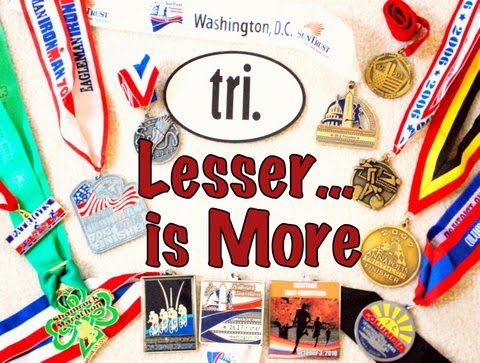It should come as no surprise that I am here again writing about flexibility. I have written about it before here and here, but I am back with some more good info on it. Only, I just want to mention that when we speak of flexibility, we really mean mobility or range of motion. Being flexible is good, but it doesn't directly correlate to the functions we carry out when swimming, biking, running, etc. What does correlate is mobility. In other words, you want to ensure that you maximize your full range of motion.
For example, without full range of motion in your hip (in the adductors, abductors, hip flexors, etc) when running, your body begins to rely on other muscles (quad, lower back, etc) to compensate and do the work the muscles around the hip should be doing, which creates inefficiencies in how your body expends energy and it slowly begins to cause a breakdown in your form as those other muscles get tired from having to support a function they weren't meant to do. Of course, everyone has their own personal limits on how far that mobility will go, so be sure not to push past YOUR range of motion. While this will increase over time with practice, the goal is not to force it.
So on to today's resource courtesy of Running Times and Phil Wharton, who you may remember from my previous post, was involved in some of the training I went through to become a running coach. It is yet another great resource on Active Isolated Flexibility (AIF), formally referred to as Active Isolated Stretching (AIS) - Enjoy!

No comments:
Post a Comment